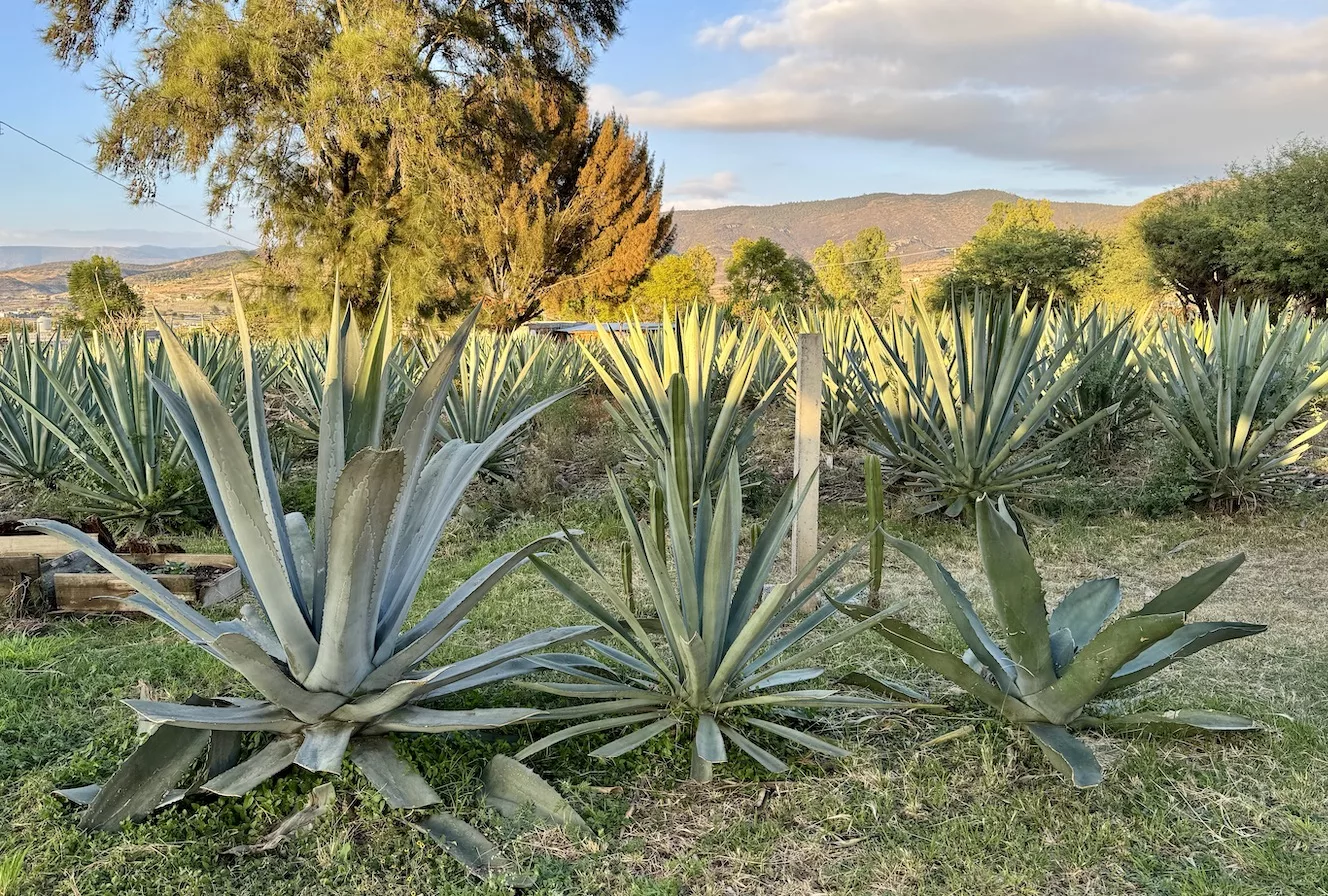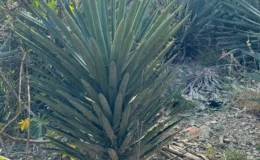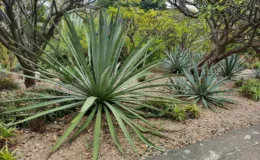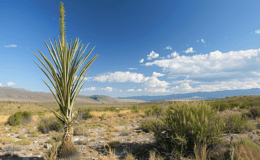Mezcal types boast a remarkable diversity, crafted from over 40 types of agave, each offering a unique flavor profile. Different production and aging methods as well as the mezcalero, region and soil all contribute to the unique flavor of a mezcal.
The different mezcal types are normally broken down into:
- Maguey (the agave species, for example Espadín, Tobalá or Tepeztate)
- Production Method (industrial, artesanal or ancestral)
- Aging Process (No aging (joven), Reposado or Añejo)
In this guide, we will explore the different types mezcal that exist, understand the differences between young and aged mezcals, discuss the different production methods and how all of these differences influence the final flavor of the spirit.
Now, let’s focus on the diverse agave varieties used in mezcal production.
Diverse Maguey Varieties
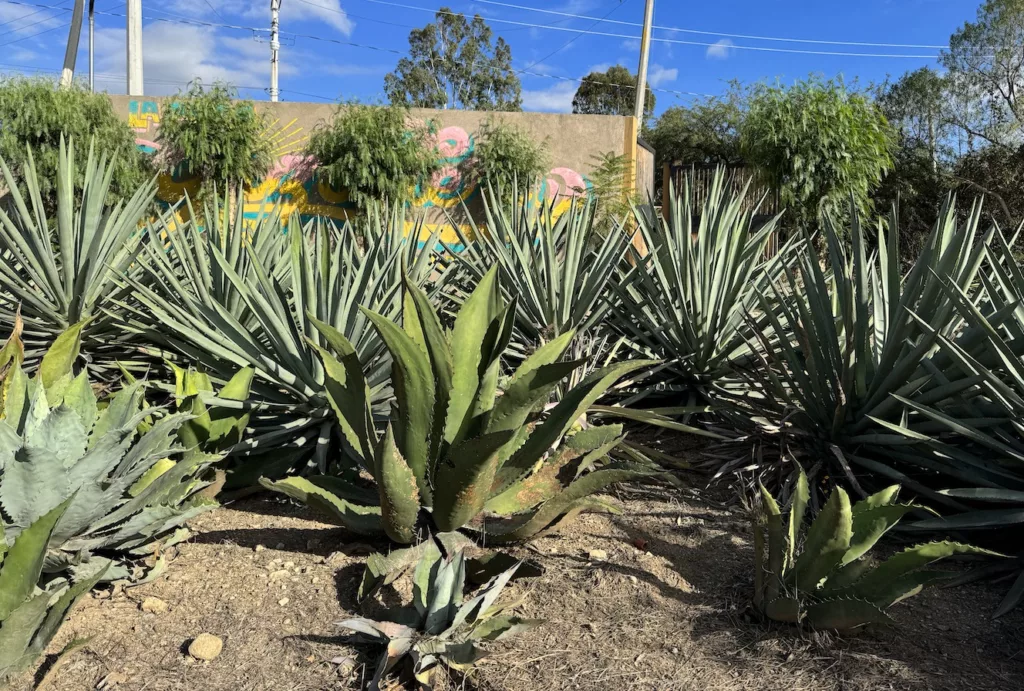
The heart of mezcal’s uniqueness lies in its primary ingredient: the agave plant. There are over 40 varieties (or magueys) of agave used in mezcal production, each contributing its own distinct flavor profile.
What is the difference between maguey and agave?
About 9 in 10 mezcals out there are made from Espadín. Why is that? Because it is the only one that we can cultivate and therefore grow at a larger scale.
Here is an incomplete list of some of the most commong magueys used in mezcal, including a good bottle for each maguey.
1. Espadín Agave
Espadín (agave angustifolia) is the most commonly used agave in mezcal production. It’s larger and more adaptable than other varieties, making it a popular choice among mezcaleros (mezcal producers). Espadín mezcal is known for its balanced and approachable flavor, often featuring sweet, fruity, and lightly smoky notes. It’s a great starting point for those new to the world of mezcal. It is also often used for mezcal cocktails.
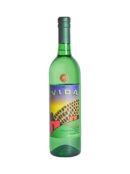
| Maguey | Espadin |
| Type | Joven |
| State | Oaxaca |
2. Tobalá Agave
Tobalá, often found growing wild in high-altitude regions, is much smaller than Espadín. Its mezcal is highly prized for its complex and refined taste. Tobalá mezcal offers a bouquet of flavors, from floral and fruity to earthy and herbaceous, with a smooth, delicate finish. This variety reflects the terroir of its wild habitat, bringing a unique character to each batch.
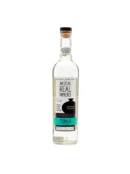
| Maguey | Tobala |
| Type | Joven |
| State | Oaxaca |
3. Tepeztate Agave
Tepeztate is a wild agave that takes up to 25 years to mature, making it one of the rarest and most sought-after varieties. Mezcals made from Tepeztate are known for their intense and bold flavors. They exhibit a range of notes from spicy and mineral to green and vegetal, with a long, lingering finish. Tepeztate mezcal is a true connoisseur’s choice, offering a window into the wild essence of mezcal.

| Maguey | Tepeztate |
| Type | Joven |
| State | Oaxaca |
4. Cuishe
The Cuishe maguey is a slender, tall variety that typically takes about 10 to 12 years to mature. Its long, narrow leaves are a distinctive feature, rising vertically with a slight outward curve. This agave plant usually grows to about 5 to 6 feet tall, giving it a unique, towering appearance. This maguey is known for its high sugar content, which contributes to the distinctive floral and slightly spicy notes in the mezcal produced from it.
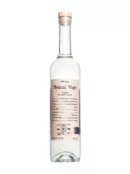
| Maguey | Cuishe |
| Type | Joven |
| State | Oaxaca |
5. Madrecuishe
The Madrecuishe maguey is a close relative of the Cuishe, taking around 12 to 15 years to reach full maturity. It is characterized by its tall, cylindrical shape and long, thin leaves that are known for their deep green color. Typically growing up to 6 feet tall, Madrecuishe is valued for its ability to impart complex, earthy, and mineral flavors to mezcal, making it a favorite among connoisseurs.
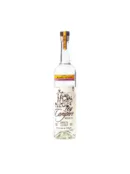
| Maguey | Madrecuishe |
| Type | Joven |
| State | Oaxaca |
6. Jabalí
Jabalí is a wild maguey that is notoriously difficult to cultivate and harvest, requiring around 10 years to mature. Its rosette is compact with broad, spiky leaves that are known for their blue-green hue. The plant typically reaches about 4 feet in height. Mezcals made from Jabalí are highly prized for their unique, robust flavors with notes of tropical fruit and a slightly acidic finish.

| Maguey | Jabali |
| Type | Joven |
| State | Oaxaca |
7. Barril
The Barril maguey is a stout and robust plant that matures in about 10 to 18 years. It features broad, thick leaves that curve inward, forming a barrel-like shape, hence its name. This agave plant can grow up to 5 feet in height and width. Mezcals produced from Barril are known for their rich, sweet, and herbal qualities, often with a smooth, velvety texture.
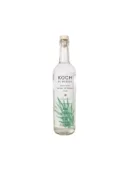
| Maguey | Barril |
| Type | Joven |
| State | Oaxaca |
8. Arroqueño
Arroqueño is a giant among magueys, taking an impressive 15 to 25 years to mature fully. It can grow up to an astonishing 7 feet tall, with wide, thick leaves that spread outward. This maguey is revered for its ability to produce mezcals with deep, complex flavors, often with notes of cooked agave, wood, and a smoky finish.
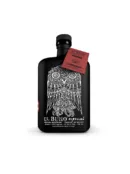
| Maguey | Arroqueño |
| Type | Joven |
| State | Oaxaca |
9. Tobaziche
Tobaziche is a wild maguey variety that matures in about 12 to 15 years. It has a distinctive appearance with its long, narrow leaves that have a unique bluish tint. The plant usually grows to about 5 feet tall. Tobaziche mezcals are known for their complex flavor profiles, often featuring herbal, citrus, and floral notes with a distinctly earthy undertone.
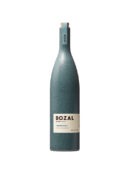
| Maguey | Tobaziche |
| Type | Joven |
| State | Oaxaca |
10. Ensamble
The Ensamble is not a maguey but rather the term for a blend of different maguey varieties used to create a complex and layered mezcal. In most cases, the label will tell you which magueys were used to create the ensamble composition.
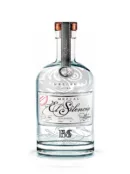
| Maguey | Espadin, Mexicano, Tobaziche |
| Type | Ensamble |
| State | Oaxaca |
These agave species are just the tip of the iceberg in the diverse world of mezcal. Each type of agave plant brings its own story and flavor, influenced by the soil, climate, and altitude of its growing region. This diversity not only underscores the complexity of mezcal but also celebrates the rich agricultural heritage of Mexico. If you go to a mezcal tasting in Oaxaca, you’ll most probably find several of these on your table.
Now, let’s proceed to the first content piece, focusing on the production methods of mezcal.
The Different Mezcal Production Types
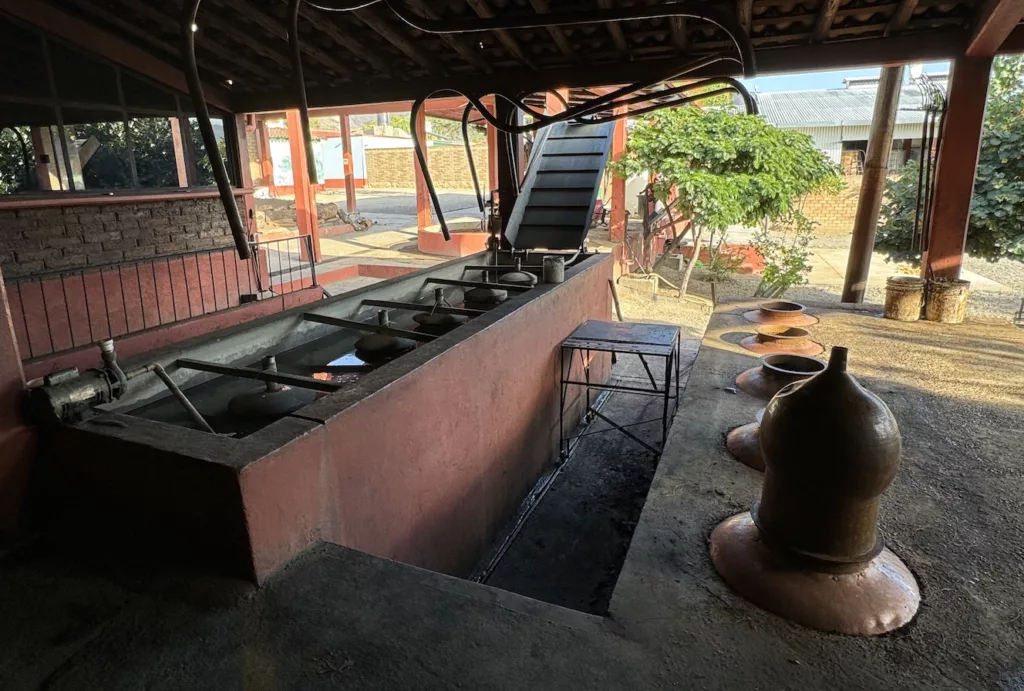
Mezcal’s enchanting flavors are born from a fusion of time-honored traditions and diverse production methods. These methods, ranging from industrial to artesanal and ancestral, play a pivotal role in defining the spirit’s character and complexity.
1. Industrial Production
In industrial mezcal production, efficiency and consistency are key. Agave hearts, or piñas, are typically cooked in large, pressure-cooked ovens.
This method ensures a steady output but often at the expense of the deeper, smokier flavors characteristic of traditional mezcal. Industrial distillation uses stainless steel stills, ensuring purity and clarity in the final product.
2. Artesanal Methods
Artesanal mezcal takes a more hands-on approach. Here, the piñas are cooked in earthen pits lined with hot stones. This slow cooking process, often lasting several days, imparts a distinct smoky flavor to the agave.
The mashed agave is then fermented in open-air tanks, allowing natural yeasts to work their magic. Distillation occurs in copper or clay pots, a method that has been used for centuries.
3. Ancestral Techniques
The ancestral method is the most traditional and labor-intensive. Similar to artesanal, it involves cooking the agave in pit ovens. However, the fermentation process in ancestral mezcal is carried out in wooden vats or animal skins, without the use of any modern equipment.
Distillation takes place in small, clay pot stills, often fueled by wood fires. This method, deeply rooted in history, yields mezcal with a rich, complex profile, imbued with the essence of its makers’ dedication and the land.
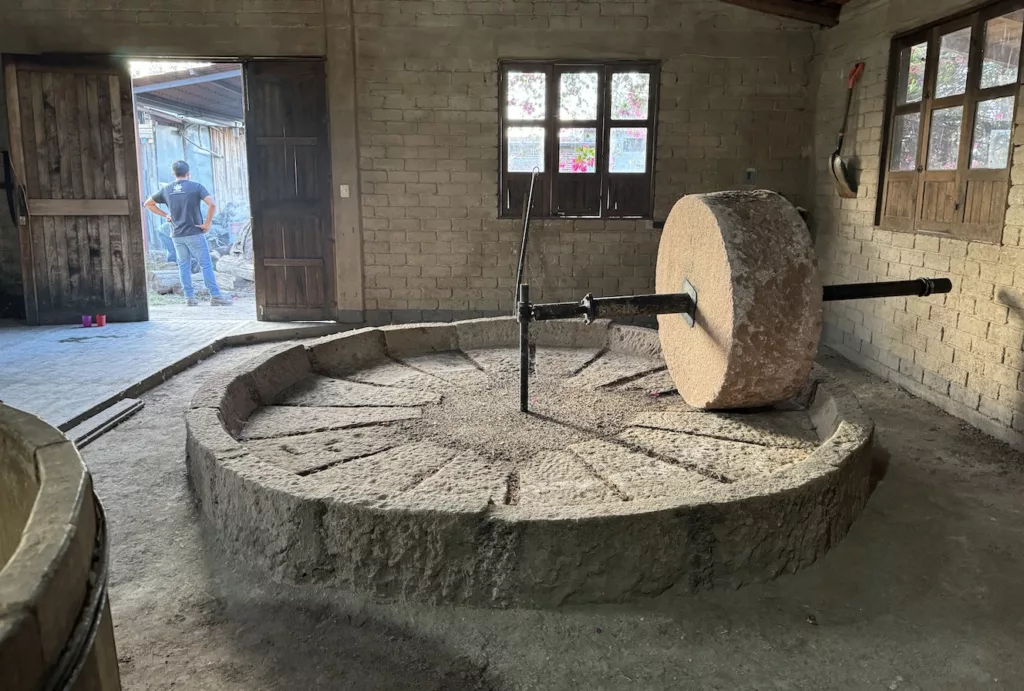
Each of these methods contributes uniquely to the world of mezcal. While industrial processes offer consistency and volume, the artesanal and ancestral methods bring depth, tradition, and an array of nuanced flavors, making mezcal not just a drink, but a journey through Mexico’s rich cultural heritage.
Now, let’s look into the classification of mezcal by aging.
Mezcal Classification by Aging

Mezcal is not just defined by its agave species, but also by how it is aged. This aging process plays a crucial role in shaping the spirit’s flavor and character.
Primarily, mezcals are categorized as Joven, Reposado or Añejo, each offering a different taste experience.
While mezcals are joven or young, aged bottles are more of a specialty and produced in much smaller quantities.
1. Joven Mezcal
Joven, meaning ‘young’ in Spanish, refers to mezcal that is bottled soon after distillation. This type of mezcal is clear, reflecting its unaged nature.
Joven mezcal is appreciated for its pure and authentic expression of the agave and terroir. It’s typically vibrant and fresh, with the true essence of the agave shining through, along with the distinctive smokiness from the cooking process.
2. Reposado Mezcal
Reposado, translating to ‘rested’, is aged in wood barrels for two months to one year. This aging process imparts a light golden hue to the mezcal. Reposado strikes a balance between the bold agave flavor and the subtle, warm notes introduced by the wood.
It offers a smoother, more refined taste compared to Joven, with hints of vanilla and caramel, making it a popular choice among mezcal enthusiasts.
3. Añejo Mezcal
Añejo, meaning ‘aged’, is stored in barrels for a minimum of one year. This extended aging period results in a deeper amber color and a deeper flavor profile. Añejo mezcal is characterized by its rich, smooth texture, with layers of flavor including spices, chocolate, and dried fruits, melded with the natural agave taste.
Some mezcals are aged even longer, which would put them into the “Extra Añejo” bucket.
If you want to go deeper into the topic of aging, read our blog post: how long does mezcal last?
Each category offers a distinct mezcal experience, from the crisp and authentic taste of Joven to the nuanced and elegant flavors of Reposado and Añejo. Understanding these classifications helps in appreciating the versatility and depth of mezcal.
Our take on aged mezcal: A lot of mezcal lovers will tell you that only jovens are the only way to go and that the aging mellows out too much of the unique mezcal flavor notes. While I would generally agree with that, aged mezcals are particularly interesting for people who are used to Whisky.
Since the aging adds some note that they will be familiar with, it provides an easier entry into the world of mezcal.
Now, we’ll focus on the unique types of mezcal, such as Pechuga.
Unique Types of Mezcal: Pechuga and Beyond
Beyond the standard classifications of mezcal, there exist unique varieties that showcase the spirit’s versatility and the creativity of its producers. One such distinctive type is Pechuga.
1. Pechuga Mezcal
Pechuga, which translates to ‘breast’ in Spanish, is a special type of mezcal made by adding a raw chicken, turkey, or rabbit breast to the still during the third distillation. This might sound unusual, but it’s a traditional method used to create a mezcal that’s rich in flavor and smooth in texture.
The meat, often accompanied by fruits and spices, imparts a subtle, savory complexity to the spirit, making Pechuga mezcal a sought-after delicacy, especially during festive occasions.
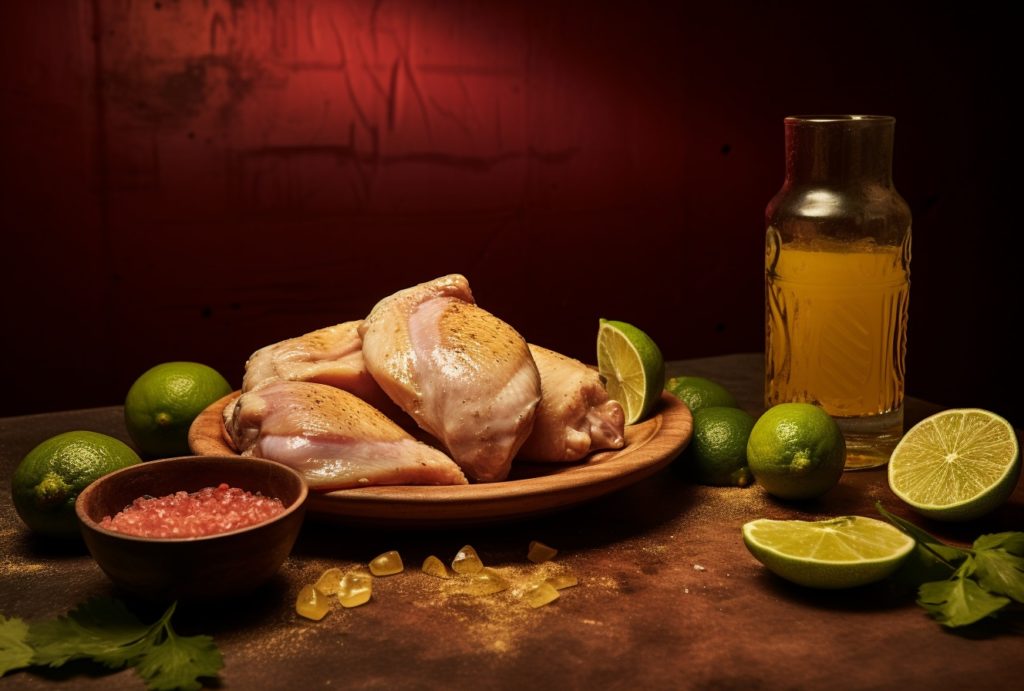
2. Other Unique Varieties
The world of mezcal also includes other unique varieties that are less known but equally intriguing. Some producers infuse their mezcal with local herbs, fruits, or even insects to create distinct flavor profiles.
These special varieties of mezcal offer a glimpse into the boundless creativity and deep respect for tradition that mezcal producers bring to their craft. They are a testament to mezcal’s status as a versatile and ever-evolving spirit, one that continues to surprise and delight connoisseurs and casual drinkers alike.

